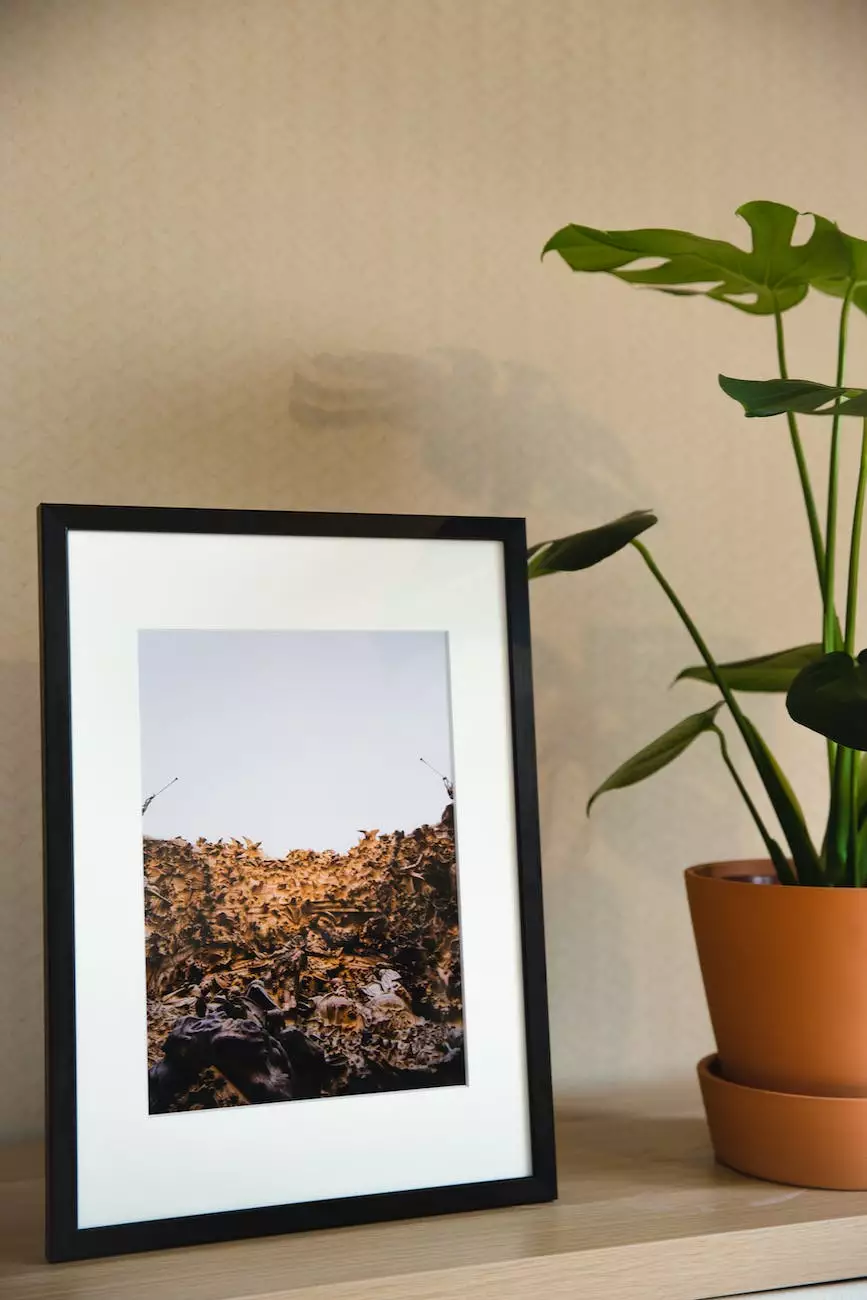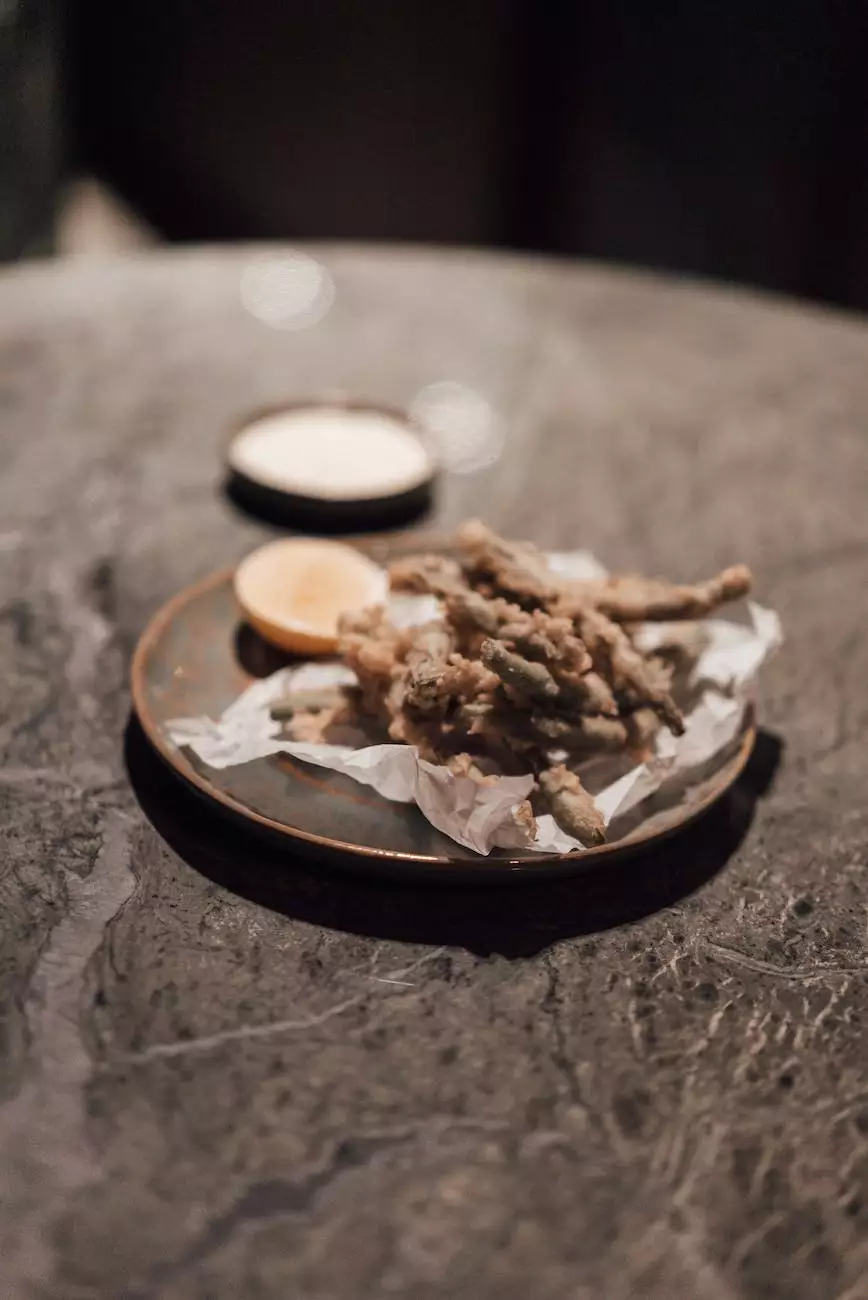Prepatellar Bursitis - Denver

Introduction to Prepatellar Bursitis
Welcome to the informative page on Prepatellar Bursitis provided by Thrive Rolfing, a leading provider of alternative and natural medicine in Denver. In this detailed article, we will explore the causes, symptoms, and treatment options for Prepatellar Bursitis, a condition that affects the knee joint. We will also discuss how Thrive Rolfing can help alleviate the symptoms and promote natural healing.
What is Prepatellar Bursitis?
Prepatellar Bursitis, also known as "housemaid's knee," is a common condition characterized by inflammation of the prepatellar bursa, a small fluid-filled sac located in front of the kneecap. The bursa acts as a cushion between the patella (kneecap) and the skin, allowing smooth movement of the knee joint. When the bursa becomes inflamed, it can lead to pain, swelling, and discomfort.
Causes and Symptoms
Prepatellar Bursitis can be caused by various factors, including repetitive stress or trauma to the knee, prolonged kneeling or crawling, infection, or underlying medical conditions such as gout or rheumatoid arthritis. The symptoms of Prepatellar Bursitis may vary from mild to severe and can include:
- Pain and tenderness over the kneecap
- Swelling and redness in the affected area
- Difficulty in bending or straightening the knee
- Warmth or fever if the bursa is infected
Treatment Options
When it comes to treating Prepatellar Bursitis, it is important to address both the symptoms and the underlying cause. At Thrive Rolfing, we offer a comprehensive approach to relieving knee issues and promoting natural healing. Our holistic treatment options include:
- Rolfing Structural Integration: Rolfing is a hands-on therapy that aims to realign and balance the body's structure, providing relief from chronic pain and improving overall well-being. Our certified Rolfing practitioners use precise techniques to release tension, optimize body posture, and restore healthy movement patterns.
- Therapeutic Massage: Massage therapy can help reduce pain and inflammation associated with Prepatellar Bursitis. Our skilled therapists apply specific techniques to target the affected area, increase blood circulation, and promote a faster healing process.
- Physical Therapy: Our experienced physical therapists develop personalized exercise programs to strengthen the muscles around the knee, improve flexibility, and enhance joint stability. Physical therapy can be highly effective in relieving pain and preventing future knee issues.
Prevention and Self-Care
In addition to professional treatment, there are steps you can take to prevent the development or recurrence of Prepatellar Bursitis. These include:
- Avoid kneeling or putting excessive pressure on the knees for prolonged periods
- Take regular breaks and practice proper body mechanics when performing activities that strain the knees
- Use protective knee pads when necessary, especially during occupations or sports that involve kneeling or crawling
- Maintain a healthy weight to reduce stress on the knee joints
Conclusion
Prepatellar Bursitis can significantly impact your quality of life, but with the right treatment and self-care, you can find relief and regain optimal knee function. Thrive Rolfing in Denver offers alternative and natural medicine options to address Prepatellar Bursitis and other related knee issues. Contact us today to schedule a consultation and start your journey towards a healthier, pain-free knee. Trust Thrive Rolfing for holistic care and lasting results!




